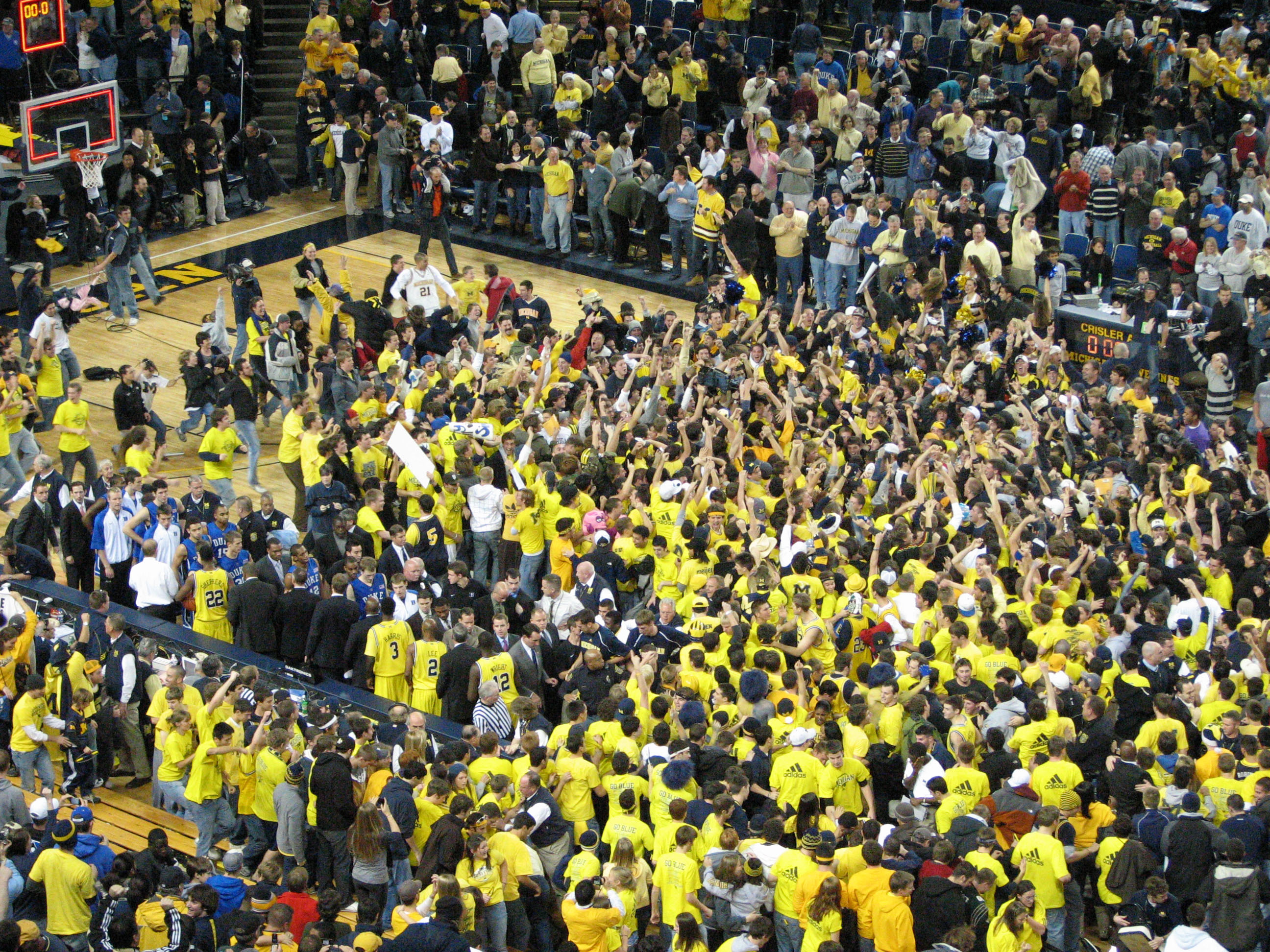by Matthew Pertz, Opinion Editor
Editor’s note: Many readers know that I’m a member of Asbury’s cross country team and thus one of the student-athletes who is impacted by amateurism policies. Before I’m accused of pushing for policy change solely to benefit myself, I’d like to note that in no way would I be a beneficiary of these payments. Asbury cross country isn’t a moneymaking sport on par with Division 1 basketball, and my talent is far too deficient to warrant payment. In fact, our athletic department would be justified in paying me never to run again.
In 2011-12, the NCAA reports $871.6 million in gross revenue, over 96 percent of which was sent back to member institutions or invested in championship events. NCAA rules dictate that exactly $0.00 of that money will go to any of its 460,000 student-athletes.
Roy Williams, head basketball coach at UNC-North Carolina, was paid around $500,000 in base salary and $675,000 in bonuses for reaching the Final Four, with an additional $250,000 check waiting if his team wins the championship. His players, due to NCAA rules, cannot receive any similar payments despite the fact that they won the games required to reach the Final Four. In fact, UNC’s basketball players couldn’t even receive a gift because of their status as a student athlete (i.e. if one bought a pizza for UNC guard Joel Berry and said “Great win against Butler,” Berry would likely face a suspension).
I’m not here to lament the ostentatious amount of money in the NCAA’s coffers. Media rights payments from CBS and Turner Sports make up 81 percent of the league’s revenue, a number reached because record numbers of people watch college sports. Over 9.3 million people watched the first weekend of the NCAA tournament this year, meaning the market for college sports matches the massive paychecks of NCAA institutions and employees.
But these economics marginalize college athletes. They make up the bottom of the labor chain but don’t garner any payment for their work outside of scholarships, which only 61 percent receive, according to official NCAA figures. Many student-athletes are unable to work other jobs due to the long hours that athletics inhabit, taking away from their financial stability and academic capacity.
Paying student-athletes doesn’t only benefit the students; the NCAA has much to gain as well. The league makes most of its money from Division 1 basketball, where most stars leave college after only one or two seasons. The prospect of multimillion dollar contracts is too enticing; why play basketball for free instead of playing for money? Lonzo Ball, UCLA’s dazzling freshman point guard, declared for the NBA Draft twenty minutes after his season ended, a completely rational decision considering he can pursue his passion next year for $4 million more than this year.
This isn’t to say the NCAA is singularly responsible for paying student-athletes; the rules should be relaxed so headlining athletes could receive sponsorship money. In 2009, Nike and UNC signed a ten-year deal worth upwards of $37 million at the time, including a $1 million signing bonus sent directly to the athletic department. However, NCAA regulations prohibit students from receiving any of the sponsorship money their performance deserves.


